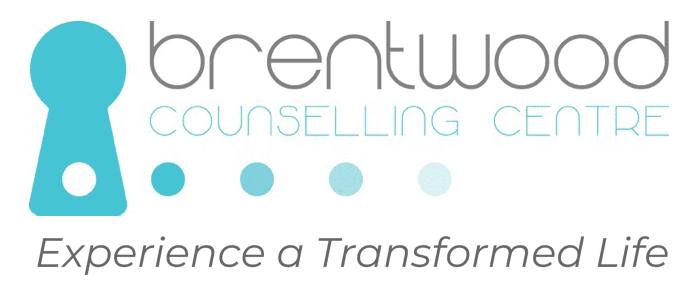Written By: Isabel Bleim, MCP, Registered Clinical Counsellor
Active listening is the first lesson that all therapists learn. It cultivates a relationship of safety, trust, and care. In your everyday life, knowing how to actively listen can deepen your connection with loved ones.
Can you think of people who you like but don’t feel comfortable talking to about your problems or things that are important to you?
Although you may enjoy discussing surface topics with them such as places you’d like to visit, music you both love, or the latest show you’ve binged, you may feel reluctant to discuss emotion-filled topics like the latest family saga or work drama.
You steer clear of them because they get awkward and clam up, or perhaps they make the conversation about themselves, or they simply agree with everything you say (which can feel good), but does nothing to help you get unstuck.
When we want to dive deeply into a conversation, we tend to seek those who actively listen.
But what does active listening mean and what are its telltale signs? Simply put, it means listening to understand, rather than to rebut.
Here are the four steps of active listening:
1. Repeat What You Heard
At first, you may think, but that sounds so strange. Won’t the person get irritated, like “No s*&t Sherlock, I just said that!” Actually, the opposite happens because it demonstrates that you are willing to take the time to get it right, which shows that you care.
You don’t have to feel like a parrot, if you paraphrase. For example, if your friend says, “Ugh, my roommates are the worst! They leave their dirty clothes and dishes all over the place and never clean up!” You could say, “Yikes, it sounds like their piled-up mess is invisible to them.”
In more complicated conversations, reflecting back on what you heard is even more important because the speaker can correct any assumptions you might be making.
Many conversations go sideways when the listener mishears the message. So repeating back what you think you heard can help everyone stay on message.
2. Ask Questions
If someone comes to you with a problem, resist the urge to problem-solve. Usually, all they want is a sounding board, someone who can help hash out solutions that are already in their mind. What they mostly need is your time, attention, and empathy…not your fix-it skills.
For example, if a friend complains to you for the umpteenth time about a relationship, refrain from asking, “Why don’t you just end it already?!” Instead, you might ask, “What would you say are the strengths of the relationship that keep you going?”
This is an example of a process question. It can help the speaker move from the content, which sounds like, “he said…then she said…then they said…then this happened…”.
Content narratives are often the culprits that keep people stuck in a story, rather than looking inward to untangle intertwined emotions that leave them feeling conflicted.
3. Validate Feelings
To validate someone’s feelings is to legitimize their feelings, even if you think their reasoning is unsound.
If you’re a parent, or if you’ve babysat toddlers or young children, you might be familiar with tantrums that do not resolve by using logic.
That’s because no matter how old you are, when you’re distressed and someone tells you, “Oh, you’re just tired”, or “you shouldn’t feel/think/act that way”, you end up feeling even more distressed.
Saying, “you’re making a big deal out of nothing” might be your way of offering reassurance; however, this can lead the speaker to feeling dismissed rather than comforted.
For example, if your cousin comes to you and says, “Everyone is avoiding me, no one has replied to my invitation!”, you might automatically want to say, “Oh don’t be so dramatic, you’re just being impatient.”
Instead of blurting out the first thing that comes to your head, take a pause, and think about how you might feel if you believed that people were actually avoiding you.
You could say instead, “that sucks, I’d be wondering what’s up with that too.” This communicates that you understand their feelings, even if you don’t agree with their assessment.
Later in the conversation, you might ask your cousin some clarifying questions to help them reassess their logic. But you won’t get that chance if you poo-poo on their feelings, so build connection before you try a correction.
4. Think Twice Before Giving Advice
This last step refers to all of the above, and especially to step #2.
It’s tempting to think that someone wants your advice if they’re coming to you with their problem. And you’re probably right, they are seeking your counsel.
The trick though, is knowing when to do give advice. Be sure you have asked clarifying questions, and when the speaker answers, “I don’t know, what do you think?” That’s when you know they are ready to hear your advice.
So, to recap…active listening means you’re providing support in the way that you would want to receive it.
Would you want to speak to someone who’s rushing you to finish (e.g., “Yeah, you’ve said that already”), or someone who dismisses you (e.g., “You’re too emotional, think of it this way instead”), or someone who is more interested in turning the attention to themselves (e.g., “Oh yeah, you think that’s bad? Listen to this…). Probably not. So, don’t be that person either.
Practice active listening today.
To learn how to become a great active listener, contact us at Brentwood Counselling Centre today.







